And GIFs!

Before I worked on Basecamp’s support team, I freelanced as a writer and editor. One of my less glamorous gigs was contributing to a textbook teaching non-native speakers how to write business emails in English. Language stuff aside, I’d be researching emoji or “netiquette” or how tone rarely transmits over text, and catch myself thinking, “doesn’t everyone already know this?”
Now that I respond to emails all day, I can safely say: no, a lot of people don’t know how to write a good electronic message. Because they weren’t taught how. Folks who would never call themselves writers are thrown into a world in which most communication is done through text, and, in many cases, their livelihoods depend on it. Unfortunately, unlike my limited readership, most people aren’t handed a textbook when they sit down to craft emails.
That’s where we come in! Basecamp’s support staff write hundreds of emails a day, and we’ve gotten pretty good at it. At the time of writing, 93 of our last 100 customers were happy with our replies, saying things like “easy to follow”, “quick, simple and to the point”, and “the perfect response”. So I thought I’d take some time to share what we’ve learned about writing clear, efficient, effective emails.
Before I begin, let me say that we appreciate all of your emails, because they mean that you are using our product and either want our help using it better, or want to help us out, by giving us a heads-up about a possible bug or improvement. We treasure in particular messages from non-native speakers, whose English is almost certainly better than our Spanish, German or Chinese. Please keep sending us emails, and if you would like to get really good at writing them, follow these tips.
̶S̶i̶r̶/̶M̶a̶d̶a̶m̶
̶D̶e̶a̶r̶ ̶S̶i̶r̶s̶
̶T̶o̶ ̶w̶h̶o̶m̶ ̶i̶t̶ ̶m̶a̶y̶ ̶c̶o̶n̶c̶e̶r̶n̶
Hey!
“Dear Sir/Madam” is how we used to begin communications, back when we had to scratch our messages on dead trees with pointy sticks filled with liquidised vegetables. Back when being formal mattered. Back when we believed there were only two genders, and that it was important to assign a person to one or the other.
That was then, and this is now. Now we say “Hey!” or “Hi”. Or, “How’s it going wonderful Basecamp helper unicorns?”. Imagine you aren’t Writing An Important Letter, but walking up to a stranger and introducing yourself — only you’re blindfolded and can’t see what kind of body the person inhabits. Actually, that sounds kind of scary — forget that. Just be friendly, be informal, be cool.
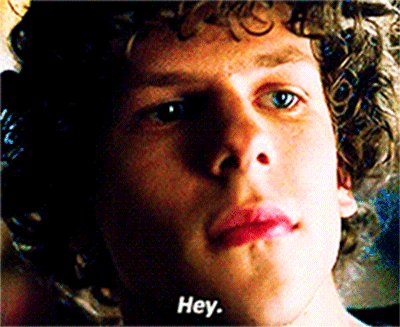
DON’T USE ALL CAPS
You would think that everyone would know this by now. YOU WOULD THINK THAT.
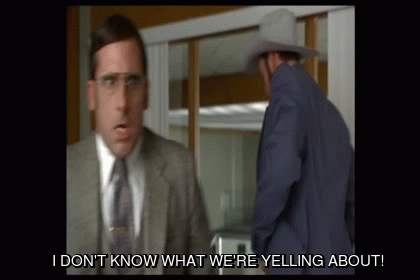
Get to the point!
Everyone on my team reads upwards of 100 emails a day, more like triple that if you count the ones we scan to see if they’re spam, out-of-office replies or something else that doesn’t need our full attention. So please, get to the point. As quickly as you can.
Say what you need up front (right after your friendly salutation!), before getting into the specifics. Try to let the reader know: here’s what the issue is, here’s what I want you to do about it, and here’s all the info you need to get it done. We all wish we had time to read epic tales sewn through with plot twists and colourful characterisation, but we don’t. Keep it moving, people!

Paragraphs are your friend
There is nothing more disheartening than opening an email to see a dense block of unbroken text. OK, there are far more disheartening things, like war, famine and injustice, but we’re talking about email here. And sometimes email will screw with you, removing all the formatting and mashing your carefully-chosen words into a single stream of consciousness. You can’t always control the output, but you can be mindful about what you put in — and aim for it to be as legible as possible.
Use paragraphs. Even better, make every paragraph a single sentence, each of which makes one discrete point.
That’s how I write most of my emails now, because this way they’re most easily understood.
I’m doing it right now — doesn’t it look nice?
Writing this way forces you to consider everything you’re setting down.
Think about the person on the other end, the person who has to read this, and ask yourself:
Could this section be clearer or more concise?
Should that part come before or after this part?
Do I need to include this at all?
Try to avoid this:
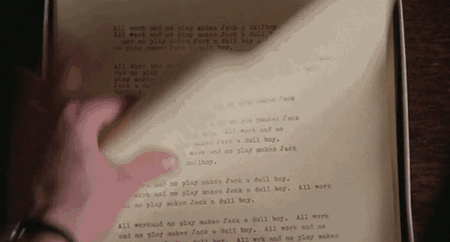
And aim for this instead:
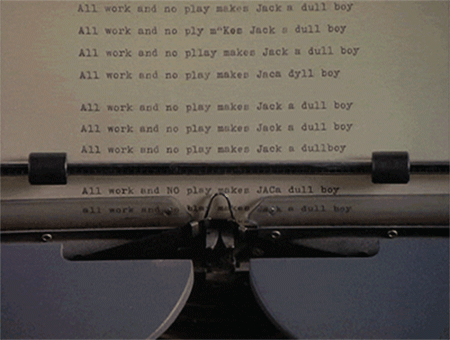
Don’t tell us it’s urgent
You know how we feel about “ASAP”. If you’re writing to Basecamp support, we’ll get back to you in a matter of minutes, because we want to keep you happy and productive. And anyone else you contact will be working to their own set of priorities. If you’re up against a specific deadline, or you need this thing dealt with before you can do that other thing, by all means say so. But words like “immediately”, “URGENT” or (ew) “ASAP” aren’t going to speed things up.
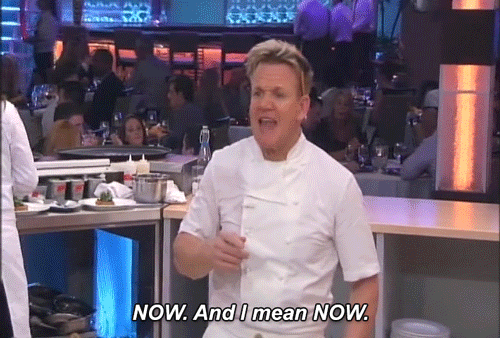
Be you
So far, so prescriptive. But writing is always personal. It’s your voice, and we want to hear from you. So forget everything you were taught in Business English 101 (but remember everything you learned here 😉) and drop us a note from a living, breathing actual human. Ask us to “take care of” something, rather than “actioning” it, and we’ll respond in kind — with the real words that real people use. And probably an emoji or two. 👍

Attach photos of your pets!
This is special advice for when you email Basecamp. Your CEO or divorce lawyer may not appreciate an attachment of your dog in a Halloween outfit — unless they’re really cool. But, no matter what size or shape of animal you have, we want to see it! There are times when you need to be strictly business, and there are times when you need to sign off your correspondence with this:

Happy emailing — we look forward to hearing from you 🙂
If you’re emailing with clients, Basecamp 3 includes a special feature to help keep everything on the record. And when you’re working with your team, you’ll have a bunch of different ways to communicate, from message boards to chat rooms to private messages. Find out how we help you collaborate and communicate better, by signing up for a free Basecamp account.

